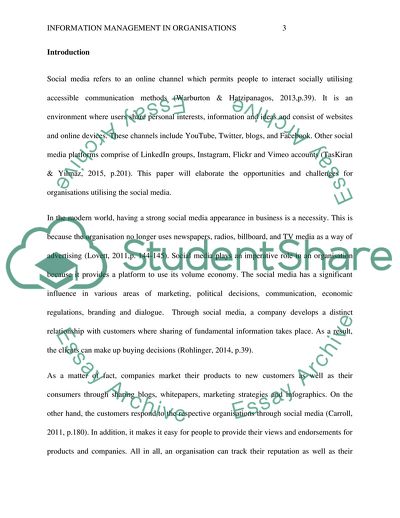Cite this document
(Information Management in Organizations Coursework Example | Topics and Well Written Essays - 2750 words - 1, n.d.)
Information Management in Organizations Coursework Example | Topics and Well Written Essays - 2750 words - 1. https://studentshare.org/information-technology/1876182-information-management-in-organisations
Information Management in Organizations Coursework Example | Topics and Well Written Essays - 2750 words - 1. https://studentshare.org/information-technology/1876182-information-management-in-organisations
(Information Management in Organizations Coursework Example | Topics and Well Written Essays - 2750 Words - 1)
Information Management in Organizations Coursework Example | Topics and Well Written Essays - 2750 Words - 1. https://studentshare.org/information-technology/1876182-information-management-in-organisations.
Information Management in Organizations Coursework Example | Topics and Well Written Essays - 2750 Words - 1. https://studentshare.org/information-technology/1876182-information-management-in-organisations.
“Information Management in Organizations Coursework Example | Topics and Well Written Essays - 2750 Words - 1”. https://studentshare.org/information-technology/1876182-information-management-in-organisations.


